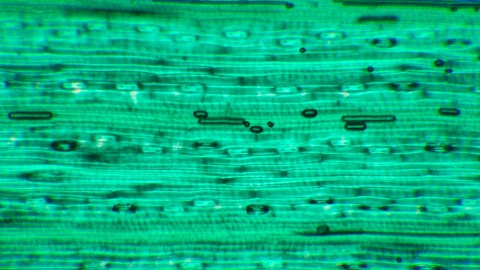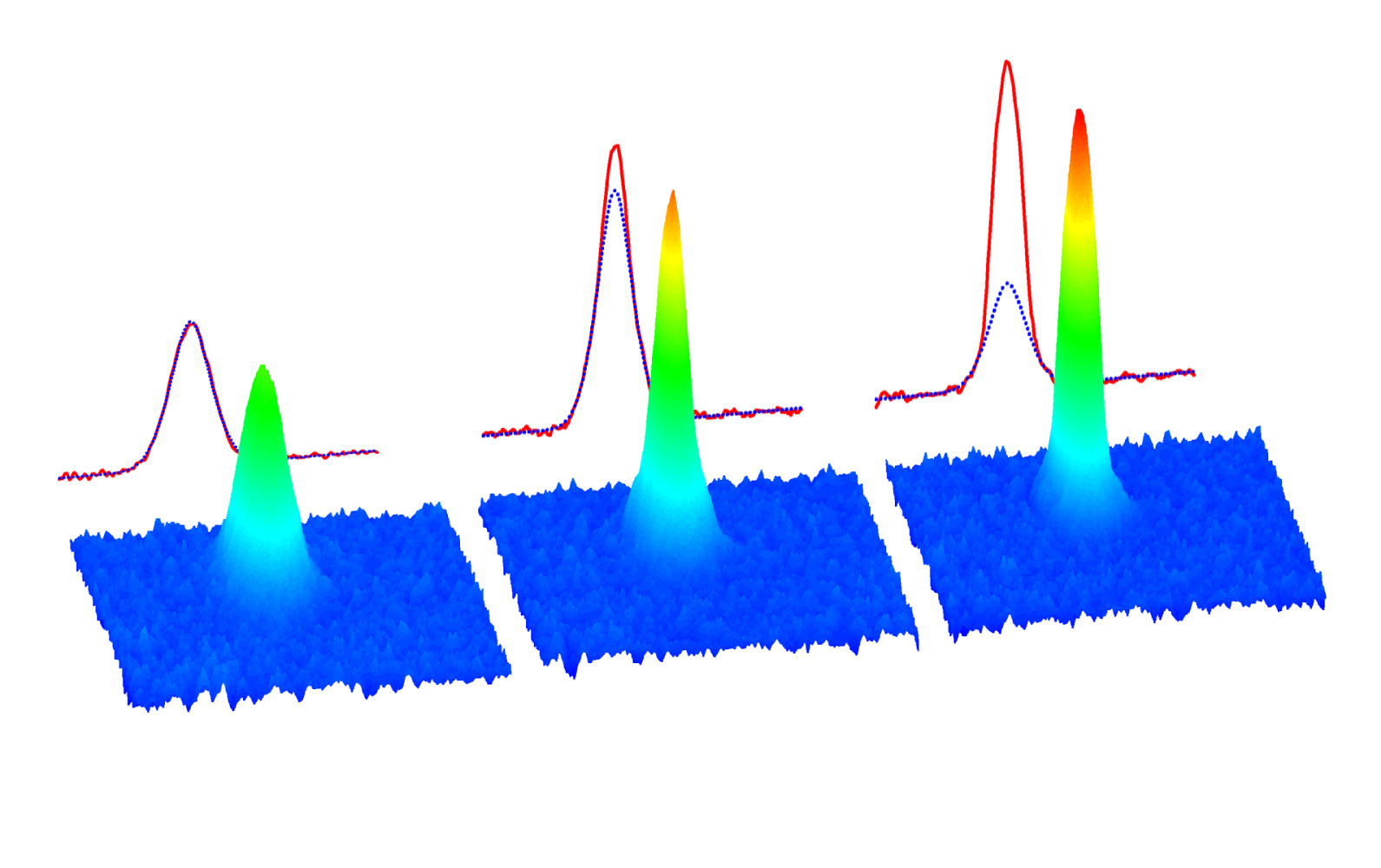Plants perform quantum mechanics feats that scientists can only do at ultra-cold temperatures

- Bose-Einstein condensates, also known as the fifth state of matter, are when bosons occupy the same quantum state, essentially acting as a single atom.
- Excited electrons and the spaces they leave behind, known as holes, can act together as bosons, creating exciton condensates.
- There may be a link between exciton condensates and photosynthesis, which could explain why plants are so effective at converting light to food.
It is spring now in the Northern Hemisphere, and the world has greened around us. Outside my window, trees are filled with leaves that act as miniature factories, collecting sunlight and converting it into food. We know this basic transaction takes place, but how does photosynthesis really happen?
During photosynthesis, plants utilize quantum mechanical processes. In an attempt to understand how plants do this, scientists at the University of Chicago recently modeled the workings of leaves at the molecular level. They were blown away by what they saw. It turns out that plants act like a strange, fifth state of matter known as a Bose-Einstein condensate. Even stranger is that these condensates are typically found at temperatures near absolute zero. The fact that they are all around us on a normal, temperate spring day is a real surprise.
States of low energy
The three most common states of matter are solid, liquid, and gas. When either pressure or heat is added or removed, a material can shift between these states. We often hear that plasma is the fourth state of matter. In a plasma, atoms break down into a soup of positively charged ions and negatively charged electrons. This typically occurs when a material is super-heated. The Sun, for example, is mostly a big ball of super-hot plasma.
If matter can be superheated, it can also be supercooled, causing particles to fall into very low energy states. Understanding what happens next requires some knowledge of particle physics.
There are two main types of particles, bosons, and fermions, and what differentiates them is a property called spin — a weird, quantum-mechanical characteristic that relates to the particle’s angular momentum. Bosons are particles with integer spin (0, 1, 2, etc), while fermions have a half-integer spin (1/2, 3/2, etc). This property is described by the spin-statistics theorem, and it means that if you swap two bosons, you will retain the same wave function. You cannot do the same for fermions.
In a Bose-Einstein condensate, the bosons within a material have such low energy that they all occupy the same state, acting as a single particle. This allows quantum properties to be seen on a macroscopic scale. A Bose-Einstein condensate was created in a lab for the first time in 1995, at a temperature of a mere 170 nanokelvin.
Quantum Photosynthesis
Now, let’s look at what happens in a typical leaf during photosynthesis.
Plants need three basic ingredients to make their own food — carbon dioxide, water, and light. A pigment called chlorophyll absorbs energy from light at red and blue wavelengths. It reflects light at other wavelengths, which makes the plant look green.
At a molecular level, things get even more interesting. Absorbed light excites an electron within a chromophore, the part of a molecule that determines its reflection or absorption of light. This kicks off a series of chain reactions that end up producing sugars for the plant. Using computer modeling, the researchers at the University of Chicago examined what occurs in green sulfur bacteria, a photosynthetic microbe.
Light excites an electron. Now the electron and the empty space it left behind, called a hole, act together as a boson. This electron-hole pair is called an exciton. The exciton travels to deliver energy to another location, where sugars are created for the organism.
“Chromophores … can pass energy between them in the form of excitons to a reaction center where energy can be used, kind of like a group of people passing a ball to a goal,” Anna Schouten, the study’s lead author, explained to Big Think.
The scientists discovered that the paths of the excitons within localized areas resembled those seen within an exciton condensate — a Bose-Einstein condensate made of excitons. The challenge with exciton condensates is that the electrons and ions tend to recombine quickly. Once this happens the exciton vanishes, often before a condensate can form.
These condensates are remarkably difficult to create in the lab, yet here they were, right in front of the scientists’ eyes, in a messy organism at room temperature. By forming a condensate, the excitons formed one single quantum state. In essence, they were acting like a single particle. This forms a superfluid — a fluid with zero viscosity and zero friction — allowing energy to flow freely between chromophores.
Their results were published in PRX Energy.
Messy Conditions
Excitons normally decay quickly, and when they do, they can no longer transfer energy. To give them a longer lifetime, they typically need to be very cold. In fact, exciton condensates have never been seen above temperatures of 100 Kelvin, which is a frosty negative-173 degrees Celsius. This is why it is so surprising to see this behavior in a messy, real-world system at normal temperatures.
So what’s going on here? Just another way that nature is constantly surprising us.
“Photosynthesis works at normal temperatures because nature has to work at normal temperatures in order to survive, so the process evolved to do that,” says Schouten.
In the future, room-temperature Bose-Einstein condensates may have practical applications. Since they act as a single atom, Bose-Einstein condensates may give us insight into quantum properties that would be difficult to observe at the atomic level. They also have applications for gyroscopes, atom lasers, high-precision sensors of time, gravity, or magnetism, and higher levels of energy efficiency and transfer.





